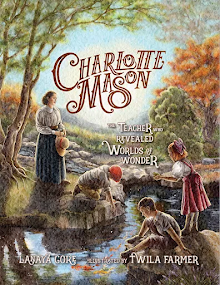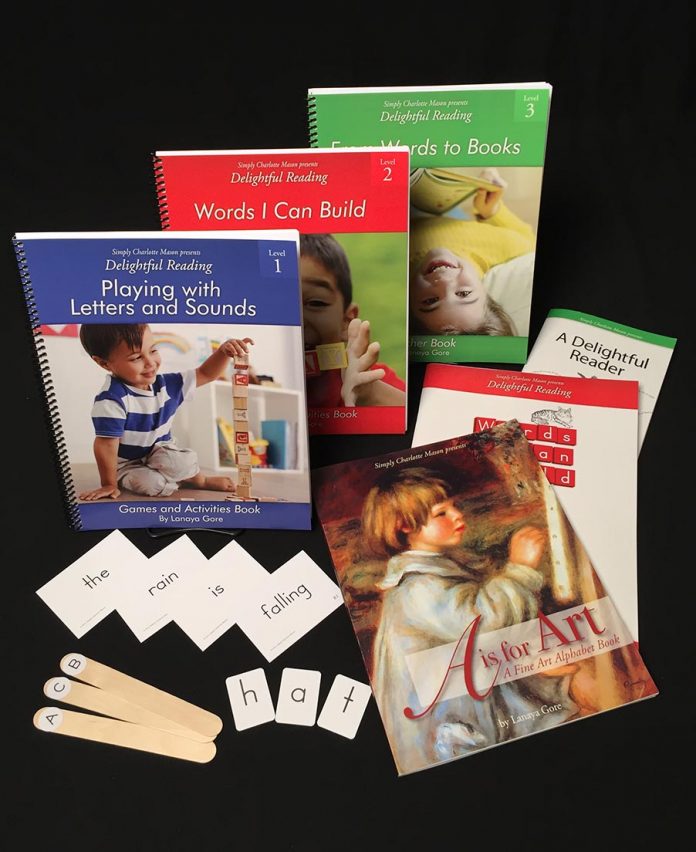Unless of course he has been taught from some "watered-down" version of the story which doesn't give enough details for his imagination to picture it all. A child who can tell you the whole story, vivid touches and all, needs no picture; he can see it. Indeed many a child I have known much disappointed by pictures. I once showed Watt's "For he had great possessions," and the child's comment was, "But he was a young man, and beautiful; that man is quite old." But I would all the same use pictures sometimes, after the lesson.
Perhaps it will have struck you that a lesson given on this method must be short. It must; none of us can work at one subject, to the top of our bent, for long at a time, and Scripture lessons in the P.U.S. School last only twenty minutes. A child cannot concentrate his mind for too long, and short lessons produce, firstly more knowledge, and secondly, more power of attention than the longer and necessarily slacker lesson.
But I understand that Sunday School lasts for about fifty minutes or a little less; so that the rest of the time would have to be filled up. Well, here I have a suggestion to make, not my own, but I am very warmly in favour of it. Why not use the rest of the time in reading aloud to the children some interesting and well-written book? Say Pilgrim's Progress, a life of Livingstone, an account of present-day mission work, a well-written account, nothing "goodygoody" nor watered down for the children, but some good, bracing narrative. And always have narration, just as I have tried to explain. If only—a big IF, I fear,—you can manage it, it would of course be splendid to let the elder ones read quietly to themselves. But that is a detail that it is too soon to discuss.
Poetry could also be read in this time, for few things open the doors of the spirit and the thoughtful mind as poetry does, provided it is of the best and the field covered is wide. There are in these days such splendid collections of real treasures that the responsibility of the teacher is greatly lessened.
I would like to add a few hints. This method is so simple, based on such simple rules that therein lies perhaps its greatest difficulty. But if we can bear in mind that we wish the children to learn how to learn, that will be a help. If we wish to teach a baby to walk, the baby must himself do the walking and it does not help him a bit if we walk. But it is a help for him if we are there ready to cheer him on and save him from just the hardest tumbles. So we must leave the work to the children, and their brains, their minds, their spirits, will grow by exercise, and grow as they should grow, for we under God's guidance shall be able to help them into the right way. So here is the first thing to remember. Let the children do the work. That is, let them narrate, do not question. Don't interrupt and don't hurry the child.
Then again (I am not now speaking from personal experience, but from someone else's), let those children narrate who are keenest. Do not force the shy and retiring; they will all become keen soon.
Again, do not expect flowing narration at once; it is difficult.
Again, do not read too much at a time, particularly to begin with. Slow and sure is very specially the case in beginning this method. As nothing is ever read twice, no time is ever lost. So that two or three pages of a book or some twenty verses or so of the Bible are enough.
Again, no revising is done before examinations. I have brought with me some examination answers written by children of the Elementary Schools. These have been set by an "outside" examiner on the work learnt during the last three months, and have been answered by the children without revision and entirely unaided.
Now I expect you are wondering if we work entirely without the help of books, for I have never mentioned them! Of course we do not. The teacher's part is to prepare his lesson with all the thoroughness possible. If you want me to suggest any books, I can very heartily recommend you Dr. Paterson Smyth's Bible for the Young Series. I believe the Church of Ireland Sunday School books are splendid; I have only one myself and it happens to be by Paterson Smyth, and is certainly a living book and therefore a tremendous help.
H. E. Wix
I love the idea of short Bible lessons with time for reading an inspiring book about a missionary perhaps, or even Pilgrim's Progress. Elizabeth started Pilgrim's Progress last year at age 8. I had never read it before myself, but she has gotten so much out of it! And it's not the children's version either.
They really can understand more than we give them credit for. As far as other Christian literature, I love The Hiding Place about Corrie ten Boom and Through Gates of Splendor about Jim Elliot and the Aucas. The Lion, Witch and the Wardrobe series by C.S. Lewis would be great read alouds.
For younger children ages 3-5 or 6, their Bible lesson might be 10 minutes long. You could read a poem to them, and include a good Christian story on their level. You might also do some nature enjoyment and observation: if not outside, then at a nature table. And little ones still want lots of time for play and interaction with each other. Singing, of course. There are so many children's sing-a-longs that include hymns, choruses, scripture songs,etc.
Crafts that are meaningful are harder to figure out. It takes time to teach someone a useful skill. But maybe someone in your church has a gift they would be willing to share with the children. For 15-20 minutes a week, could the children learn to knit or crochet? stain and finish wood projects? Definitely more thought needs to go into that aspect, but useful projects to keep or maybe collect and sell for missions or camp. Some women at our church knit and crochet prayer shawls and different things to give to those who are hurting (as well as pray for the person). Art could also be done just as free time (or free expression, if you will) with materials such as markers and paper, play dough or clay, pipe cleaners, yarn, paint?, popsicle sticks, etc. Scripture memory is doable. Choose a passage of Scripture (5-10 or more verses depending on the age). Read it every week out loud beautifully. Soon have them say as much as they can with you. Many if not all will be able to repeat the whole passage to you after a couple months or so. Passages are even better than individual verses because you get more context and each verse leads into the next so it is also easier to memorize.
Well, there's a lot more swirling around in my head, but I'll finally sign off. :-)
I have a couple more links I'll share later.







2 comments:
Today we were looking at an fine art anthology of the Life of Jesus and doing a very loose picture study. The children all had comments along the lines of "that's not how it is supposed to look". I'm not sure if they were basing it solely on what they envisioned or previous animations that have been shown to them.
Thanks for sharing this great article.
I know, the kids think purple slushies were thrown at the Israelites as they walked around Jericho. Thanks, veggie tales. :-)
Post a Comment